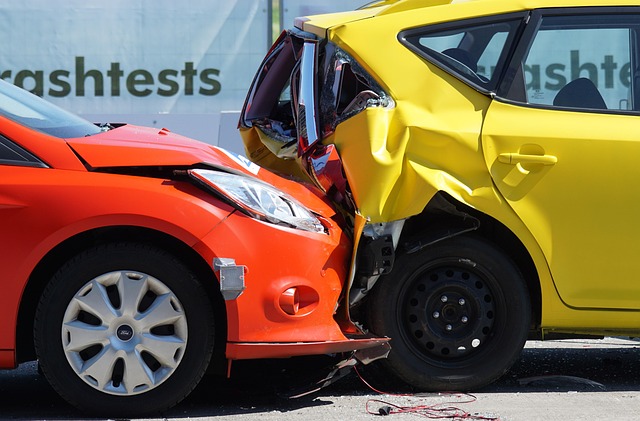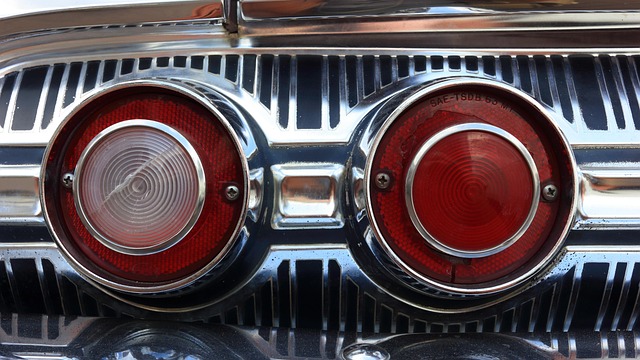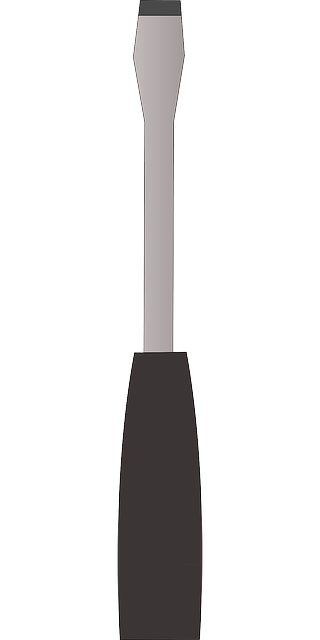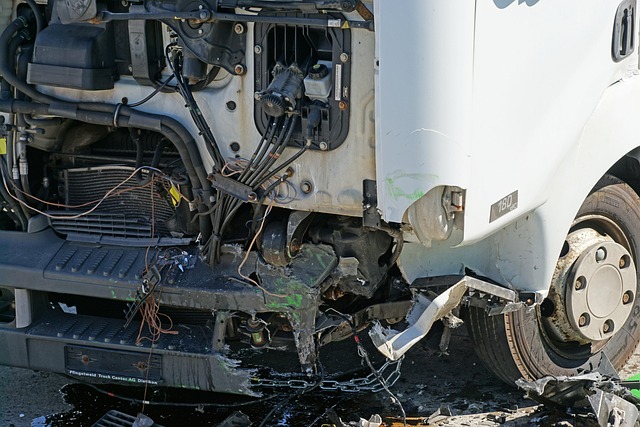Chiropractic care is a key component in the recovery process for individuals involved in minor rear-end collisions, addressing unexpected symptoms like neck pain, back stiffness, and headaches. Chiropractors use non-invasive techniques such as spinal adjustments and joint mobilization to relieve pain, enhance healing, and prevent long-term issues. By focusing on spine alignment and mobility, chiropractic care aims to restore overall well-being for collision victims. Following initial medical attention, a qualified chiropractor creates a personalized treatment plan, ensuring a smoother recovery process when advice is diligently followed. Long-term care involves regular check-ups and defensive driving techniques to prevent future collisions.
After a minor rear-end collision, prioritizing your health and well-being is paramount. This comprehensive guide explores an effective recovery plan, emphasizing the role of chiropractic care for rear-end collision victims. We’ll walk you through each step, from immediate post-accident actions to long-term prevention strategies, ensuring a thorough understanding of how to navigate this challenging situation. Discover how chiropractic recovery can alleviate pain and promote healing, offering a roadmap to full recovery and mitigating risks of future collisions.
- Understanding Chiropractic Care for Rear-End Collision Victims
- Step-by-Step Guide to Recovery After a Minor Rear-End Collision
- Long-Term Care and Prevention Strategies for Future Collisions
Understanding Chiropractic Care for Rear-End Collision Victims

Chiropractic care plays a significant role in the recovery process for individuals involved in minor rear-end collisions. These low-impact collisions can often result in unexpected and varied symptoms, such as neck pain, back stiffness, headaches, and even upper extremity discomfort. Chiropractic professionals are trained to assess and treat these symptoms effectively.
Chiropractors use a range of non-invasive techniques, including spinal adjustments, joint mobilization, and soft tissue therapy, to alleviate pain and improve the body’s natural healing process. The goal is not only to address the immediate physical impacts of the collision but also to prevent long-term issues from developing. By focusing on the spine and related structures, chiropractic care can help restore proper alignment and mobility, promoting overall well-being for rear-end collision victims.
Step-by-Step Guide to Recovery After a Minor Rear-End Collision

After a minor rear-end collision, many individuals wonder how to navigate the recovery process effectively. Chiropractic care plays a crucial role in helping rear-end collision victims regain their health and well-being. Here’s a step-by-step guide to streamline your journey towards recovery.
Firstly, seek immediate medical attention, even if the impact seems minor. A qualified chiropractor can assess any underlying injuries, especially those affecting the spine. They will tailor a treatment plan focusing on pain relief and restoration of mobility. This might include adjustments, therapy, or recommended exercises. Following their advice diligently ensures a smoother recovery process. Additionally, document all interactions with healthcare providers, including visits to the chiropractor, for future reference and insurance claims.
Long-Term Care and Prevention Strategies for Future Collisions

After the initial shock and acute phase of a minor rear-end collision, focusing on long-term care and prevention becomes crucial for rear-end collision victims. Chiropractic recovery plays a significant role in managing ongoing symptoms and promoting full healing. Chiropractors can provide tailored treatments to alleviate pain, improve mobility, and reduce inflammation, ensuring victims return to their regular activities without residual discomfort.
To prevent future collisions and their adverse effects, it’s essential to adopt proactive measures. Regular chiropractic check-ups can help maintain spinal health and identify potential issues early on. Additionally, practicing defensive driving techniques, such as maintaining a safe following distance and being aware of surroundings, can significantly lower the risk of rear-end collisions.
After a minor rear-end collision, a comprehensive recovery plan is essential. This includes considering chiropractic care, which can effectively address common issues stemming from such accidents. By following a structured approach outlined in this article—from immediate post-collision steps to long-term prevention strategies—victims can facilitate their healing journey and reduce the risk of future injuries. Remember, seeking professional guidance, especially from chiropractors experienced in trauma cases, is crucial for optimal recovery.














